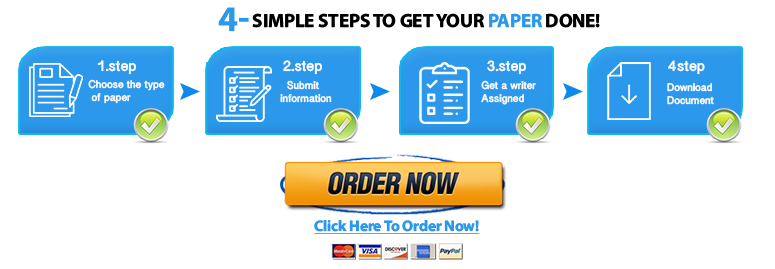Project #3: Issue Analysis
Length:
1250-1500words(n otincludingheader,title,&WorksCited)
Due Dates
Save your time - order a paper!
Get your paper written from scratch within the tight deadline. Our service is a reliable solution to all your troubles. Place an order on any task and we will take care of it. You won’t have to worry about the quality and deadlines
Order Paper NowPartial draft: M on. Nov. 25
Final draft: W eds. Dec. 4 @ noon o n Moodle
In this paper, you’ll write a well-researched essay that explores and analyzes an issue with multiple angles and that generates different perspectives. Your essay will include c ontext that readers need to understand the issue, as well as analysis of the opinions of various stakeholders and subtopics of the larger issue. Your goal is to write a coherent, sophisticated analysis that will engage and inform your readers.
Your essay s hould:
● fairly and accurately describe the issue’s most important aspects and range of
perspectives
● place your sources in conversation with each other
Y o u r e s s a y s h o u l d n ’ t :
● argue that one perspective is correct or better than the others
● state your opinion about particular perspectives, sources, or the overall issue
Your introduction should provide introductory context and a clear description of the issue or debate.Itmightincluded efinitionsthatareimportanttounderstandingtheissueorthe perspectives surrounding it. It should also name the s takeholders you’ll discuss in the body of the paper.
The introduction should also include a t hesis statement that outlines the perspectives you’ll discuss in the paper. It should be clear, specific, and focused (and as always, it can be more than one sentence!) You don’t need to state every point of analysis in your thesis; however, you should present an accurate s ynthesis or overview of the range of information you’ll discuss. Keep in mind that you may revise your thesis as you learn more about your topic and begin writing.
The body paragraphs should present and develop the perspectives described in your thesis statement. You won’t just see two sides of an issue: instead, you will outline multiple parts of a larger situation while carefully examining or analyzing each part. Y ou may find it useful to include section headings. You’ll want to include information in roughly this order:
● The origin of the issue, debate, or problem, including relevant h istory and definitions you didn’t provide in your introduction
● The current state of the issue, debate, or problem
● Paragraphs that each focus on a well-defined stakeholder, subtopic, or p erspective
● Possible c onsequences, solutions, or other forward-looking aspects of the issue
Strong evidence is crucial in this paper! You’ll need to support each statement you make, using reliable sources to build credibility and gain authority to speak as a writer on your chosen topic. You want to show your audience you deeply understand the issue, so you’ll need to use credible sources to back up everything you say. Your analysis must incorporate:
● At least 6 sources total
● At least 2 academic sources (i.e., from an academic reference work, journal article, or
scholarly book)
● Credible general sources, e.g., government publications and documents, trade magazines,
organization websites, T he Washington Post, New York Times, The Wall Street Journal, etc.
● If you use any less credible sources, you need to show how they illustrate a perspective
on the issue and a cknowledge their bias or other limitations in your analysis.
○ For example, an opinionated blog entry, an article from a politically-slanted
website, or a tweet can all help you show a stakeholder’s perspective, but you must analyze them c ritically rather than taking them at face value.
Your conclusion should remind your reader about the stakes of your issue but shouldn’t restate your thesis. Instead, try one of the strategies from our slides earlier in the semester.
You must also include M LA style citation for your sources, both in a Works Cited page a nd in-text citations. We’ll go over in-text citations in detail during class, but here’s a basic model:
A source with no page numbers
The author immediately calls Millennials “lazy, entitled, selfish and shallow” (Stein).
A source with page numbers
The author immediately calls Millennials “lazy, entitled, selfish and shallow” (Stein 1). N otice: no comma! ↑
"Looking for a Similar Assignment? Order now and Get 10% Discount! Use Code "Newclient"




